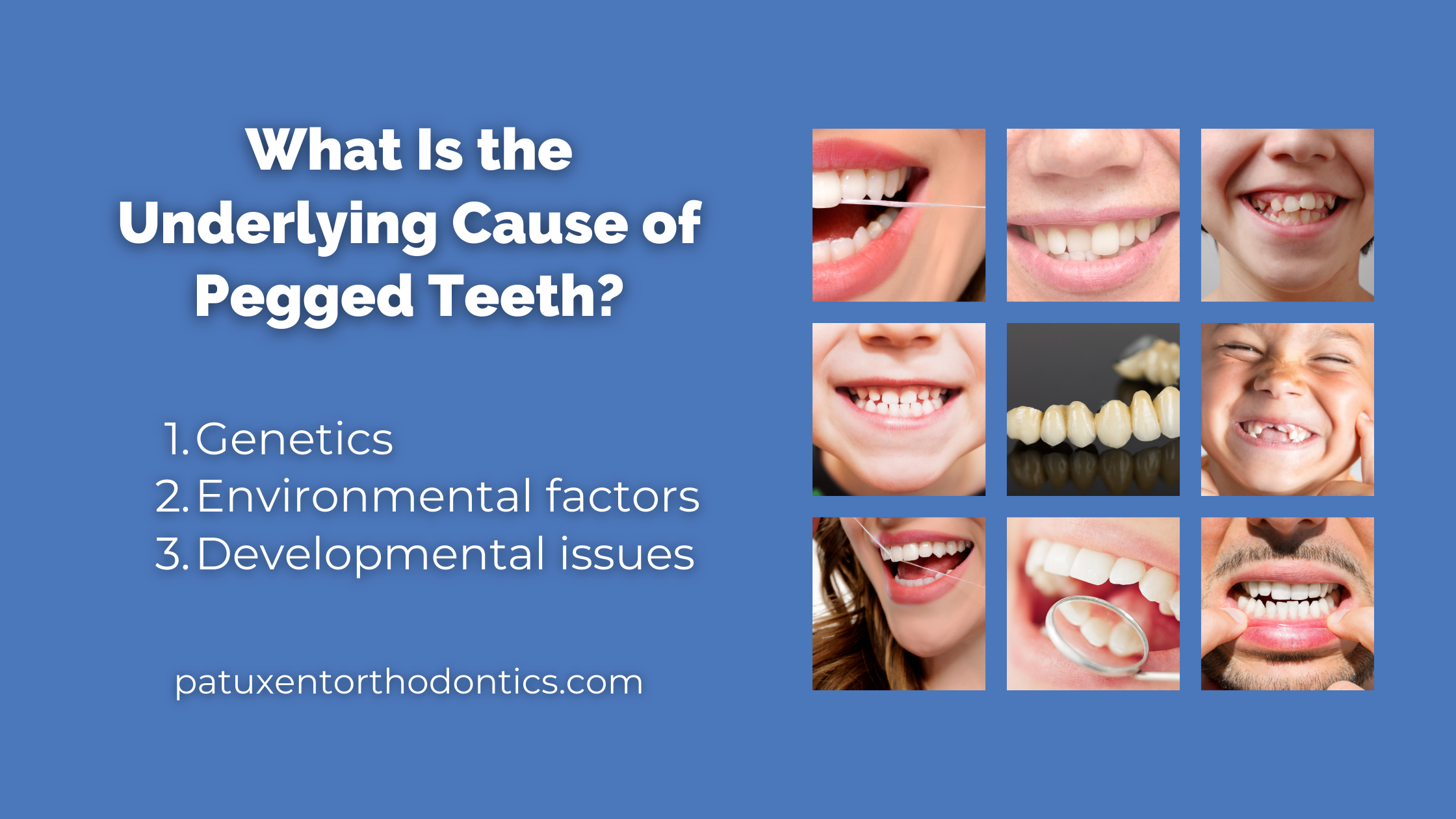They’re known as “small teeth,” “pointy teeth,” “microdontia,” or even “Dracula teeth!” Whichever spooky way you’ve heard them called, peg teeth are a dental condition where one or more teeth appear abnormally small compared to the normal teeth size. Although a relatively rare condition, peg teeth can occur in any patient, regardless of age and gender, although they are more common in children and teenagers.
Aside from the obvious aesthetic downside — not everyone fancies a vampire smile! — peg teeth can, over time, put your dental health in jeopardy. That is why today’s article will take a closer look at the underlying causes of peg teeth and the various treatment options available for bringing out that shiny smile you’ve always dreamed of!
What Exactly are Pegged Teeth?
Peg teeth are small, conical-shaped teeth caused by a dental disorder called microdontia or tooth agenesis (i.e., the teeth have shorter roots than expected). They can occur in any part of the mouth, although they are most commonly found in the lateral incisors (i.e., the teeth located next to the two front teeth). Peg teeth can occur in both primary and permanent teeth, sometimes affecting multiple teeth simultaneously.
In most cases, the aesthetic problem is what prompts patients to find solutions for their unattractive smiles. But that doesn’t mean a pegged tooth won’t wreak havoc on your oral health over time. Patients with peg teeth are more likely to suffer from periodontal diseases, gum recession, and eventual tooth loss. That is why consulting an orthodontist about available treatment approaches for pegged teeth is the wisest choice in the long run!

How Common are Peg Lateral Incisors?
Fortunately for our patients, the occurrence of peg teeth is not something many of them have to worry about. This rare condition typically affects children and teenagers. Research has shown that less than 2% of the population experience peg-shaped teeth, with women 1.35 times more likely to develop pegged upper lateral incisors.
What is the Underlying Cause of Pegged Teeth?
The prospects of ever having to deal with peg teeth depend on various factors, such as genetics, environmental factors, and developmental issues:
Genetics
Genetics is the most frequent cause of pegged teeth. If a parent has pegged teeth, there is a higher chance that their children will develop this condition, too. Other genetic conditions, such as cleidocranial dysostosis and ectodermal dysplasia, are also linked with pegged teeth.
Environmental Factors
Environmental factors also contribute to pegged teeth. For example, if a mother contracts a viral infection or has a high fever during pregnancy, it can affect the development of the baby’s teeth.
Developmental Issues
The chances of pegged teeth increase if a baby’s teeth don’t develop properly in the womb. Sometimes, trauma to the mouth or teeth leads to pegged teeth.
What are My Treatment Options for Pegged Teeth?
If you’re ready to fix your peg-shaped teeth today and let your dream smile shine, you’ve come to the right place! Dentists and orthodontists wield a variety of treatment options for treating peg teeth. Either one or a combination of these treatment approaches will make your peg teeth a thing of the past!
- Dental crowns are tooth-shaped caps placed over the affected teeth. They are made from various materials, including metal, porcelain, and resin.
- Dental bonding involves applying a tooth-colored resin to the affected teeth. This resin is then shaped and polished to match the nearby teeth, creating a more natural smile.
- Porcelain veneers are thin shells of porcelain placed over the front of the affected teeth. They are an effective way to improve the appearance of pegged teeth.
- In rare cases, tooth extraction is necessary to treat pegged teeth, especially if the affected tooth is causing pain or discomfort.
- For some patients, addressing pegged teeth requires orthodontic treatment.
Start Your Orthodontic Journey at Patuxent Orthodontics!
Contact Patuxent Orthodontics if orthodontic care is the way to achieve the beautiful smile of your dreams! Whether you want to learn more about the benefits of our orthodontic services or simply have questions about the process, use our live chat or call (240) 802-7217 or send us a message through our contact us page to connect with our friendly staff today and book a free consultation! Our office, located at 44220 Airport View Dr., Hollywood, MD 20636, proudly serves Maryland’s Patuxent area, as well as the Greater Washington DC area. So, if you’re residing in California, Lexington Park, and Great Mills and are looking for one of the best orthodontists in MD, don’t hesitate to visit our office! We also invite you to keep up with our blog to get answers to many of the frequently asked questions about maintaining sparkling oral health and follow us on Facebook and Instagram to become a part of our smiling community!
References
- Alkhatib, Rami, et al. “Family and Case–Control Genetic Study of MSX1 Polymorphisms in Peg-Shaped Teeth Jordanian Population – BMC Oral Health.” BioMed Central, BioMed Central, 22 Jan. 2022, bmcoralhealth.biomedcentral.com/articles/10.1186/s12903-022-02051-2. Accessed 3 Feb. 2023.
- “Understanding Pegged Teeth.” Colgate®, www.colgate.com/en-us/oral-health/kids-oral-care/understanding-pegged-teeth. Accessed 3 Feb. 2023.
- “Peg Lateral Incisors: American College of Prosthodontists.” GoToAPro, www.gotoapro.org/symptoms/peg-lateral-incisors/. Accessed 3 Feb. 2023.











